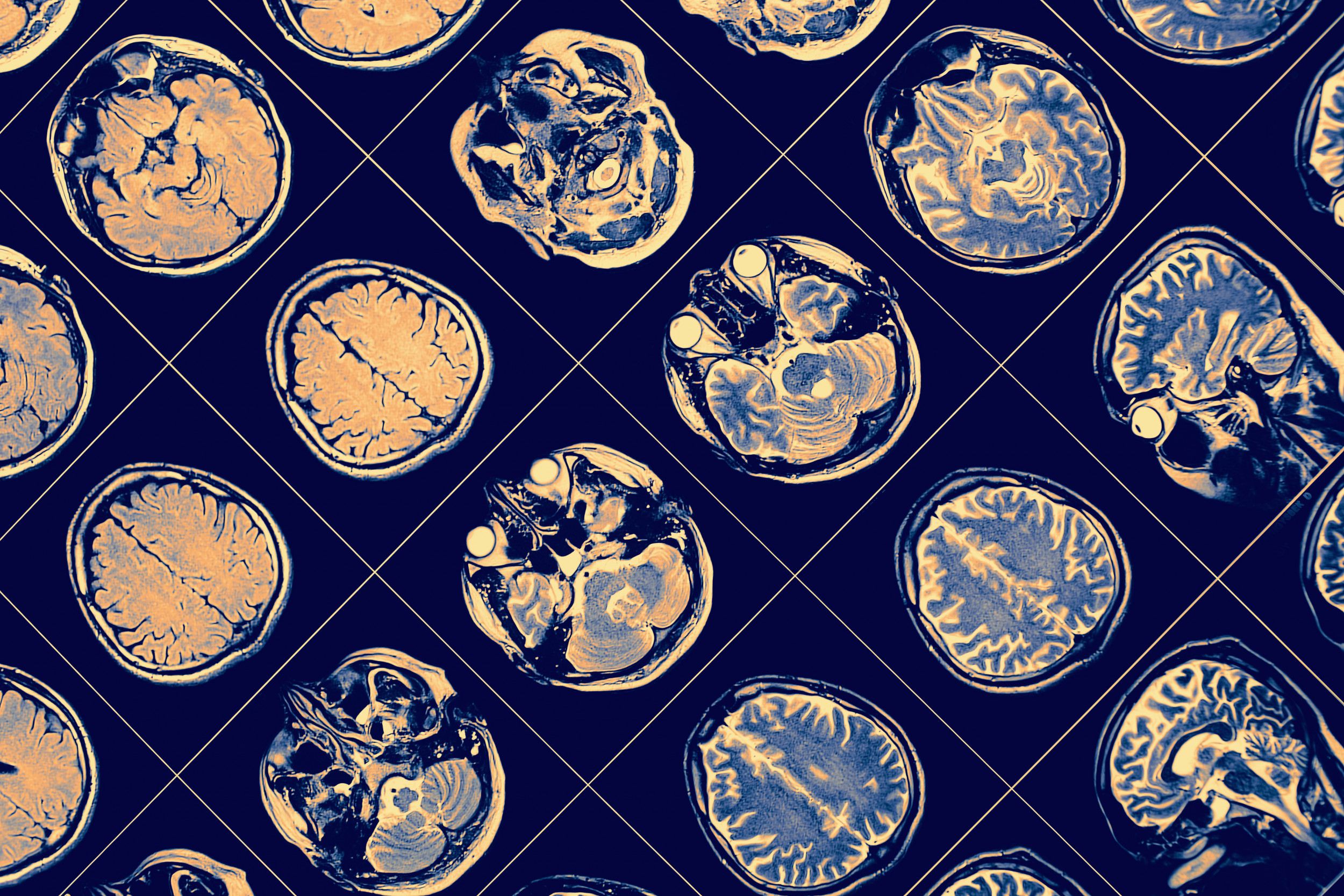科学家们培育出比正常器官小一百万倍的类似人脑的微小模型,他们已经探测到了组织中的波动。在长达10个月的生长过程中,大约两个月左右,组织开始产生脑电波。然而,该研究的作者发表在杂志上细胞干细胞 强调大脑没有意识。
研究人员创造了所谓的人类皮层有机类。这些本质上是在实验室里生长的器官的三维模型,科学家可以用它来研究我们的身体可能会如何变形ork。
该团队希望这些微小的组织将使科学家能够研究大脑是如何发育的,这是目前人类不易做到的。这反过来又有助于创造对精神分裂症、自闭症和癫痫等大脑相关疾病的治疗方法。
研究合著者Alysson Muotri加州大学圣地亚哥分校的生物学家解释说:“你可以使用大脑有机类包括理解正常人神经发育、疾病建模、大脑进化、药物筛选,甚至为人工智能提供信息。"
种植有机类研究人员称多功能性干细胞——几乎可以在体内发育成任何类型的细胞——在一种类似大脑自然发育的环境中培养。这导致细胞转变成不同类型的脑细胞,并聚集在一起形成一个类似于器官的结构。他们能够种植数百种有机类就这样。
该团队还基于在39名6至9.5个月大的早产儿中检测到的脑电波,开发了一种机器学习算法。该算法成功预测了有机类一直在增长。
科学家创造了有机类类似人类大脑在过去,b但是这是他们第一次拥有功能正常的神经网络,当神经元连接时,神经网络就会发展。
Muotri他说:“我们看到的神经活动水平在体外。我们离拥有一个能够真正产生复杂神经网络早期阶段的模型又近了一步,”她说。
解决有机类可以培养一种意识,Muotri说:“这个类器官仍然是一个非常初级的模型——我们没有其他的大脑部分和结构。所以这些脑电波可能与真实大脑的活动没有任何关系。
“也许在未来,我们会得到一些与人类大脑中控制行为、思想或记忆的信号非常接近的东西,”她说。“但我不认为我们现在有任何证据可以说我们有这些。”
一项研究证明,用脑组织做实验会引发伦理问题发表在杂志上自然今年早些时候科学家们在那里让死猪脑细胞复活。在这项研究中,a生物伦理学家参与其中,团队努力确保大脑不会变得有知觉,尽管这是不可能的。
Muotri他说:“作为一名科学家,我想离人类大脑越来越近。我想这么做,因为我看到了其中的好处。我可以通过给有神经疾病的人更好的治疗和更好的生活质量来帮助他们。但这取决于我们来决定极限在哪里。可能是技术还没有准备好,或者我们不知道如何控制技术。这是同样的讨论CRISPR这就是为什么我们有伦理委员会来代表社会的各个部分。"
洛伦佐·法布里齐是UCL神经科学、生理学和药理学系的高级研究员,他没有从事这项研究新闻周刊: "这是我们第一次看到这些体外模型在网络层面发挥作用。
“发育过程中的神经元活动是大脑回路形成的基础。这些模型可以帮助我们理解结构和功能如何相互影响,以及遗传线索和活动依赖机制之间的平衡。”
剑桥大学分子生物学系医学研究中心实验室的马德琳·兰卡斯特说,她也创造了大脑器官,但没有参与这项研究新闻周刊:“虽然协调的神经活动很有趣,但记住准确测量的是什么很重要。
“脑波是具有特定频率的神经元的远程协同放电,无需使用简单的脑电图进行大量数据分析就可以立即检测到。相反,他们使用多电极阵列测量非常短的距离(不到一毫米)所谓的网络突发。然后,通过广泛过滤数据,他们能够显示特定的频率。但应该强调的是,这与脑电波不同。”
她继续说:“然而,我很高兴看到他们也看到了与我们之前展示的类似的网络爆发,但他们显示,在本文中,这一活动确实变得更加成熟了。”

脑部核磁共振扫描的原始图像。科学家已经在培养皿中生长的微型大脑中检测到了波。
SCIENTISTS CREATE MINI HUMAN BRAINS THAT PRODUCE WAVES IN A LAB: 'THE LEVEL OF NEURAL ACTIVITY WE ARE SEEING IS UNPRECEDENTED'
Scientists who grew tiny human brain-like models one million times smaller than the regular organ have detected waves in the tissue. Around two months into the 10-month-long growing process, the tissue started to produce brain waves. However, an author of the study published in the journal Cell Stem Cell stressed the brains don't have a consciousness.
The researchers created what are known as human cortical organoids. These are essentially 3D models of an organ grown in a lab which scientists can use to study how our bodies might work.
The team hopes the tiny pieces of tissue will enable scientists to study how the brain develops, something which it is not currently easy to do in humans. This could in turn help create treatments for brain-related conditions such as schizophrenia, autism, and epilepsy.
Study co-author Alysson Muotri, a biologist at the University of California, San Diego, explained: "You can use brain organoids for several things, including to understand normal human neurodevelopment, disease modeling, brain evolution, drug screening, and even to inform artificial intelligence."
To grow the organoids, the researchers put pluripotent stem cells—which can develop into almost any type of cell in the body—in a culture resembling the environment where the brain naturally develops. This led the cells to turn into different types of brain cells, and come together to form a structure similar to the organ. They were able to grow hundreds of organoids in this way.
The team also developed a machine learning algorithm based on the brain waves detected in 39 preterm babies aged between six and 9.5 months old. The algorithm successfully predicted how long the organoids had been growing.
Scientists have created organoids resembling the human brain in the past, but this is the first time they have had functioning neural networks, which develop when the neurons connect.
Muotri said: "The level of neural activity we are seeing is unprecedented in vitro. We are one step closer to have a model that can actually generate these early stages of a sophisticated neural network," she said.
Addressing whether the organoids could develop a consciousness, Muotri said: "The organoid is still a very rudimentary model—we don't have other brain parts and structures. So these brain waves might not have anything to do with activities in real brains.
"It might be that in the future, we will get something that is really close to the signals in the human brains that control behaviors, thoughts, or memory," she said. "But I don't think we have any evidence right now to say we have any of those."
Experimenting with brain tissue raises ethical questions, as evidenced by a study published in the journal Nature earlier this year where scientists brought dead pig brain cells back to life. In that study, a bioethicist was involved and the team worked hard to ensure the brains did not become sentient, although this was unlikely.
Muotri said: "As a scientist, I want to get closer and closer to the human brain. I want to do that because I see the good in it. I can help people with neurological conditions by giving them better treatments and better quality of life. But it's up to us to decide where the limit is. It might be that the technology is not ready yet, or we don't know how to control the technology. This is the same kind of discussion around CRISPR in babies, and that's why we have ethics committees to represent all parts of the society."
Lorenzo Fabrizi, senior research fellow in the department of Neuroscience, Physiology and Pharmacology at UCL, who did not work on the study, told Newsweek: "This is the first time that we see that these in vitro models are functional at a network level.
"Neuronal activity during development is fundamental for the formation of brain circuits. These models could help us understand how structures and functions influence each other and the balance between genetic cues and activity dependent mechanisms."
Madeline Lancaster of the MRC Laboratory of Molecular Biology department at the University of Cambridge, who has also created brain organoids but was not involved in this research, told Newsweek: "While the coordinated neural activity is interesting, it's important to keep in mind what exactly is being measured.
"Brain waves are long range coordinated firing of neurons with particular frequency, that can immediately be detected without extensive data analysis using a simple EEG. Here instead, they are measuring very short range (less than a millimeter) so-called network bursts using a multi-electrode array. Then, by extensively filtering the data, they are able to show particular frequencies. It should be stressed though that this is not the same as a brain wave."
She continued: "However, I am happy to see that they also see similar network bursts to what we have shown previously, but they show that this activity does become more mature in this paper."

A stock image of an MRI scan of a brain. Scientists have detected waves in mini-brains grown in a dish.






